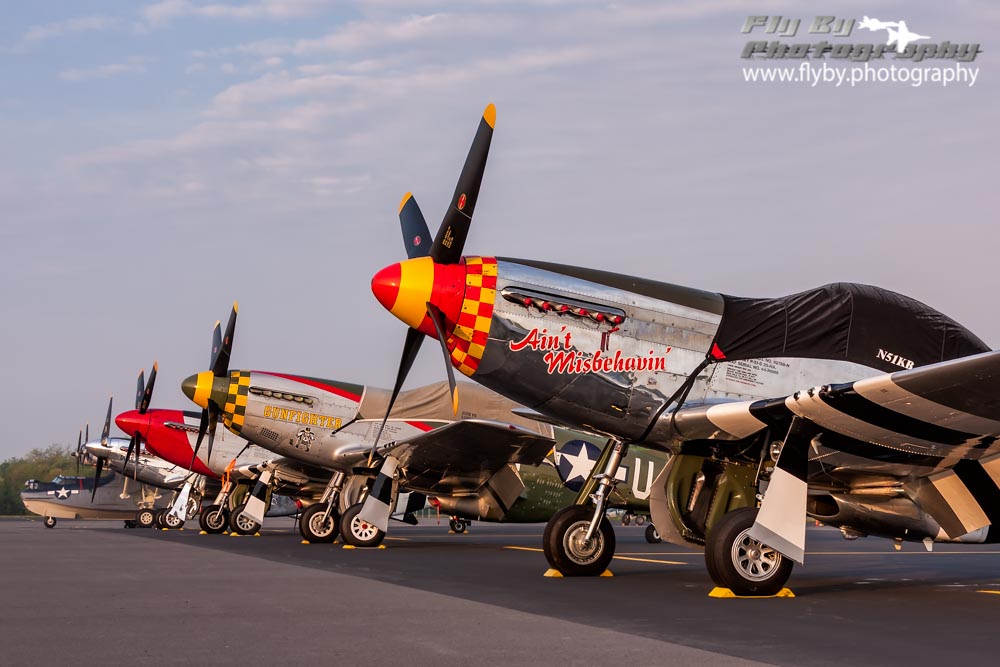
Photo by John Lackey. Please take the time to read what John wrote in the post.
#avgeek
Originally shared by Fly By Photography
Mustang Monday!
In light of the two P-51 Mustang incidents last week, resulting in one P-51 being damaged and in a separate accident, one P-51 completely destroyed with the loss of both persons on board, I’m going to copy what I said last week about why we continue to fly warbirds.
Why We Fly
I’m taking a departure today from the usual “facts about the T-6 Texan” to address why warbirds should continue to be flown. If you follow my posts regularly, then you’ll know that yesterday a P-51 Mustang made a wheels up landing, suffering extensive damage, yet the pilot walked away unharmed. The incident sparked many to say that these aircraft should no longer be flown, but instead kept safely in museums. So why fly these relics?
I’m fortunate to live about ten minutes away from the Smithsonian’s Air and Space Museum’s Udar-Hazy Center, an aviation enthusiast’s dream. I’ve visited often. To me, the aircraft there are dead, a shadow of their former selves. If they were animals, I’d feel sorry for them, locked away in a large, dark building unable to run or in this case fly free. They have a story to tell, but must rely on a plaque or docent to tell it for them and it’s only part of their story, far from complete. That said, I’m a lucky one, only ten minutes away. What about those that live much further away? They may never get to see Udvar-Hazy’s treasures. But, what if you fly your museum to those people? Folks that may never make it to the Washington DC area, might be able to make it out to the local airport to see some of the same types of aircraft that can be found in a far away museum.
I’m also fortunate to be a member of the Commemorative Air Force’s Capital Wing based at Culpeper Airport. For me, Culpeper Airport is nearly an hour drive. I’d rather drive an hour to see our three CAF assigned planes and one or two CAF members personal planes then drive ten minutes to the museum. Why? Because those planes are alive. Walk into our hangar and your hit by the smell of old planes. Yes, they smell. They exude the aroma of various petroleum products, with overtones of mustiness. They leak their life’s blood, oil, just as they did when they were brand new. Catch pans keep the oil from pooling on the hangar floor.
But, those planes truly come to life when they are pulled from the hangar and started. If you’ve never seen a radial engine cough to life, then you are missing out. It’s not like starting your car. No, starting a radial engine is an event. Radials really don’t like to start, at least not when they are cold. They cough huge clouds of oil smoke. They announce their protest to starting with booming backfires. Finally, the engine clears its throat and all the cylinders fire. Now, like the thoroughbreds they are, tugging against the reins, they fight against the brakes and chocks. No one can not notice the deep rumble of their un-muffled exhausts and snap of their propeller tips.
Now, running smoothly, the chocks are pulled, the brakes released and the throttle inched forward. The Beast moves, turning for the runway. If your standing nearby, the prop blast hits you, like the Beast’s breath. The uninitiated’s hats fly from their heads. They’ll know better next time! The aircraft taxis toward the end of the runway, perhaps out of sight, but, you know they’re out there. You can hear it, there’s no mistaking a warbird’s rumble for anything else at the airport. Finally, at the end of the runway, the rumble become a roar and the Beast begins to roll. As the wheels come off the ground, something happens. The Beast, sounding as if it’s bringing Hell, moves with ease and grace.
These are the smells, sounds and sights of our parents, grandparents and great grandparents. The Greatest Generation, those that fought World War II, both at home and abroad. They built, maintained, fought and died in aircraft like these. Flying these aircraft before the masses makes the Greatest Generation’s story real, alive, something no book, movie nor museum can do.
The generation that fought World War II is now in their twilight. All to soon, they will all be gone, but a flying warbird keeps their memory alive and creates a connection with their current and future family members. I hear it all the time, “My father flew a B-17 like that.” “Your grandfather learned to fly in a Texan like that one.” And I’ve seen it. During the Arsenal of Democracy Fly Over of Washington DC, on May 8, 2015, we had over fifty warbirds at Culpeper Airport. Hundreds of people lined the fence to see and hear those old planes. In Washington DC, tens of thousand surrounded the World War II Memorial to see these planes in the air.
On May 9th, the day after the fly over many of those same aircraft were supposed to fly to Dulles Airport and be displayed outside of the Udvar-Hazy Museum. Because of poor weather only five aircraft were able to make it. Despite the poor weather and only five planes being there, the museum set a record for the number of visitors in a single day. Every parking spot at the museum was full. There were traffic jams on the highway to get to the museum. They weren’t there for the lifeless planes in the museum. No, they were there for the live ones outside. They wanted to speak to the current pilots and maintainers to try to get a glimpse into the lives of their parents, grandparents and great-grandparents. They wanted to learn and make that connection. That’s why we keep ’em flying!

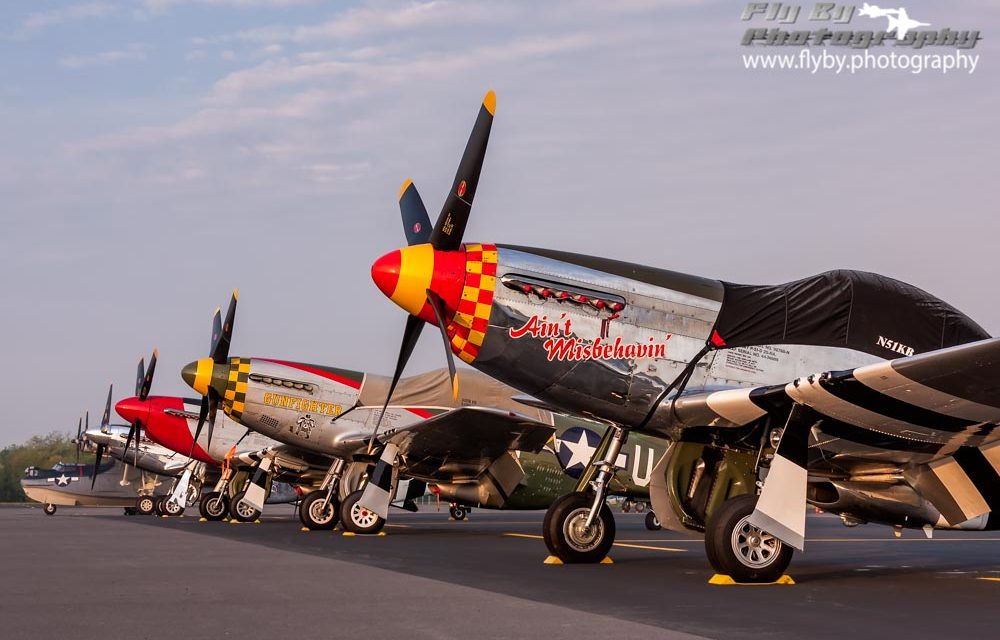
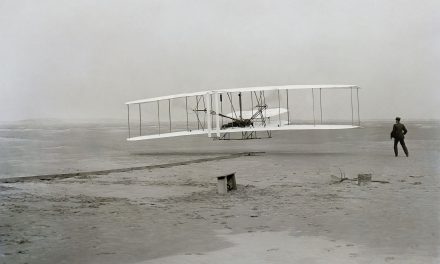
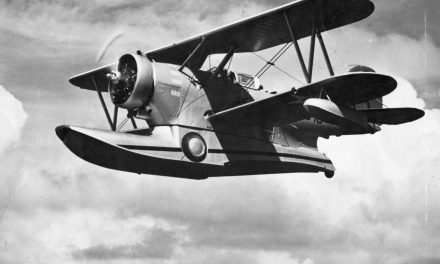

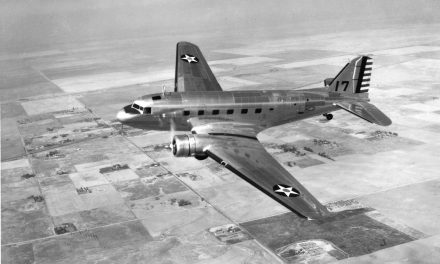
Recent Comments